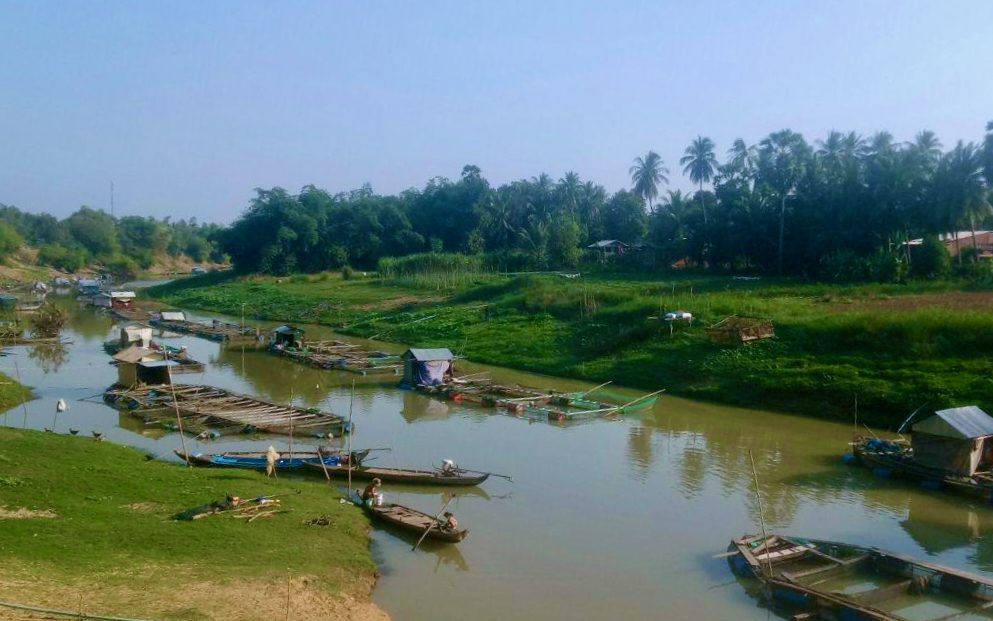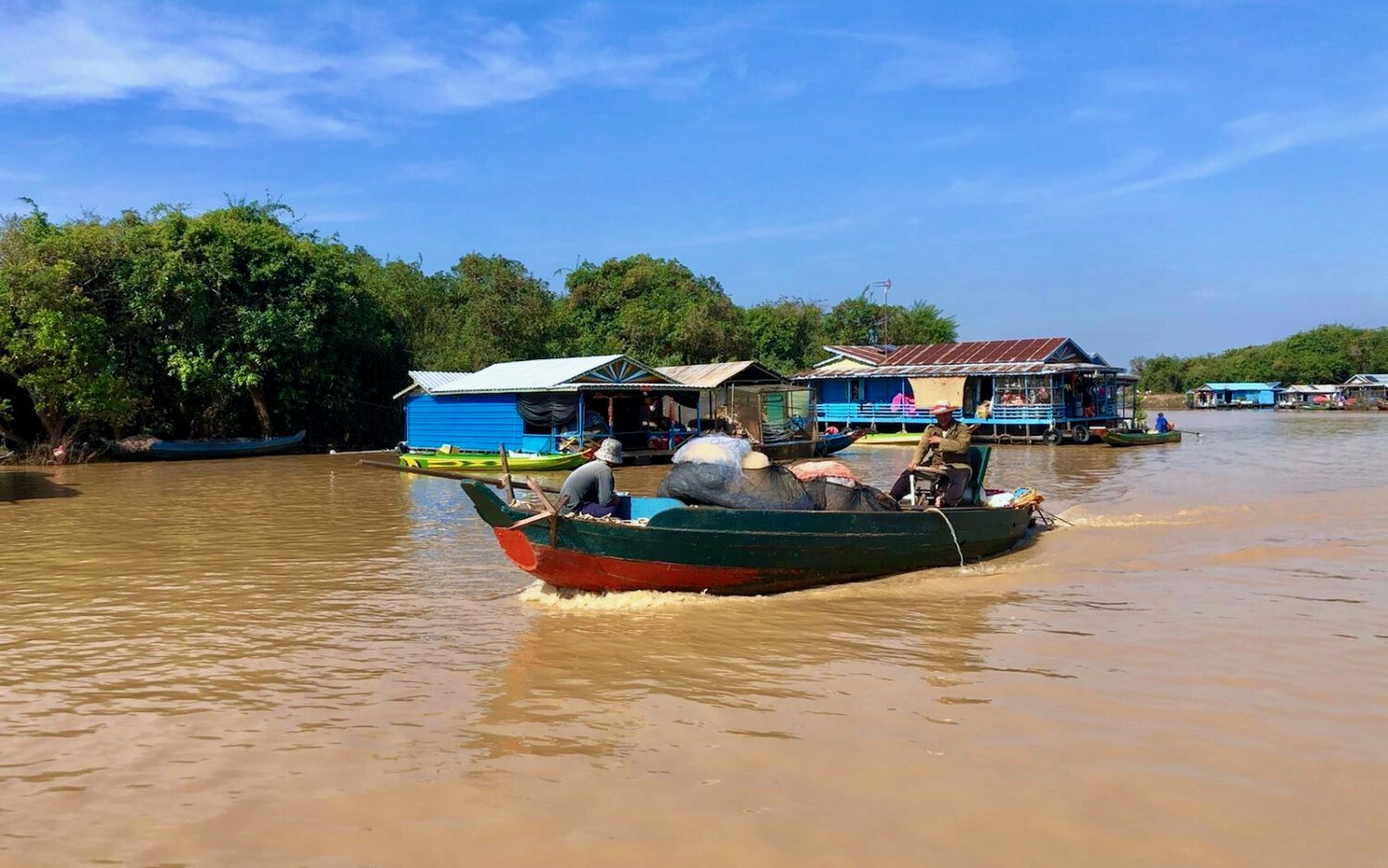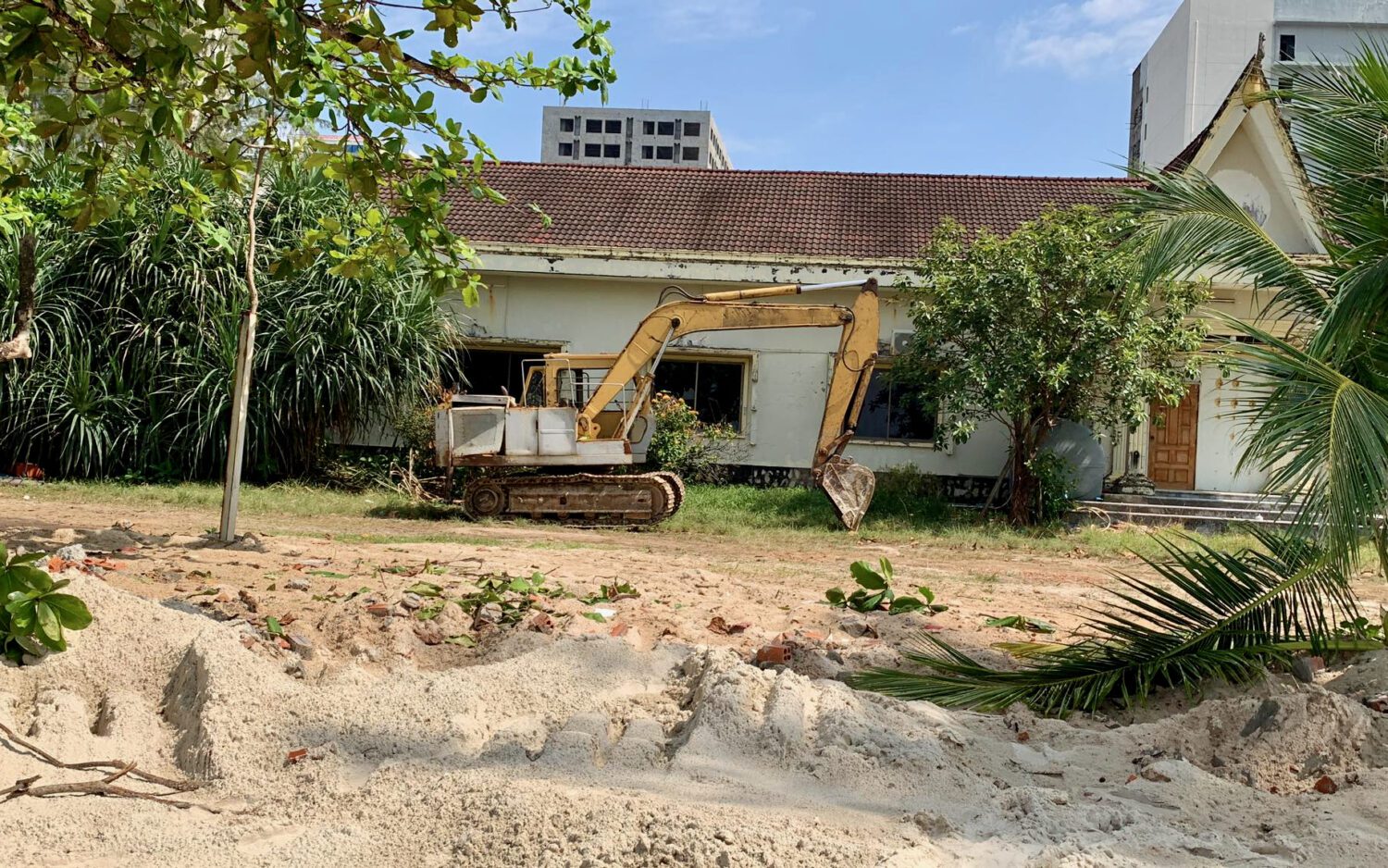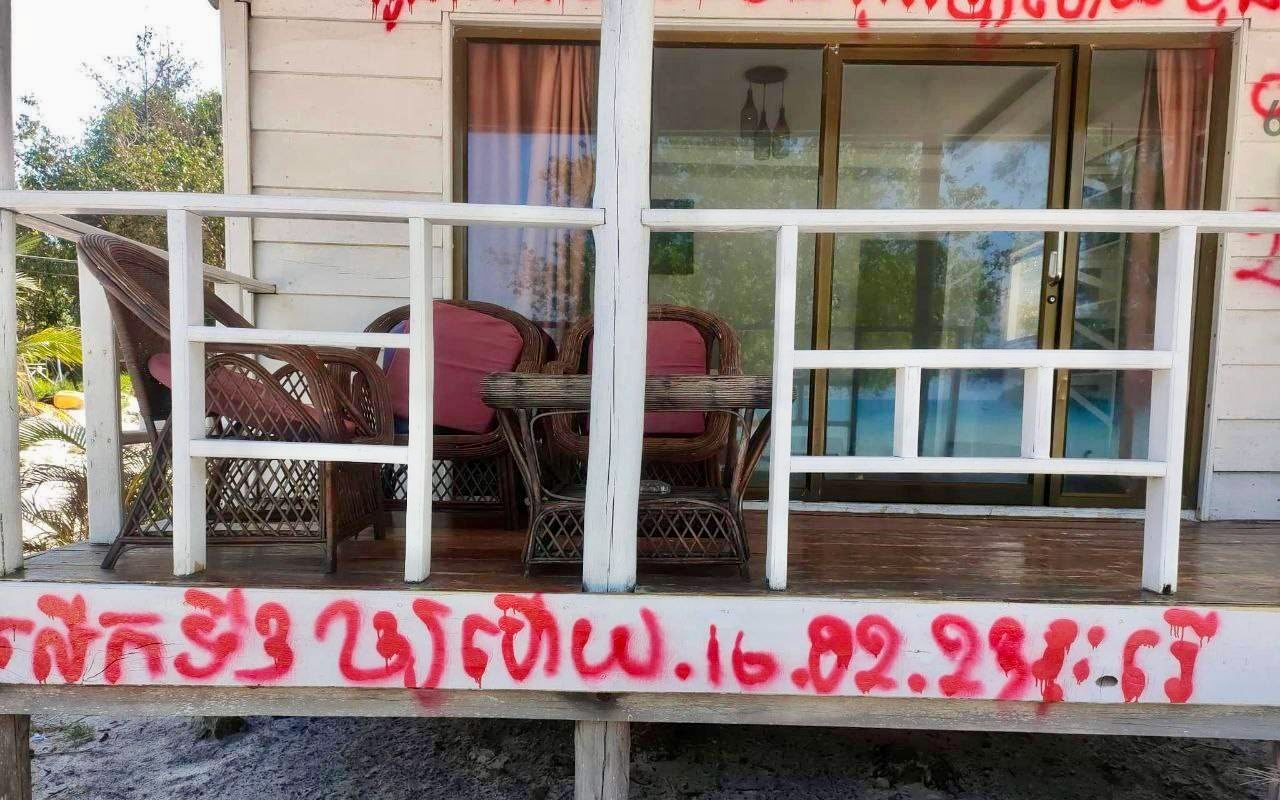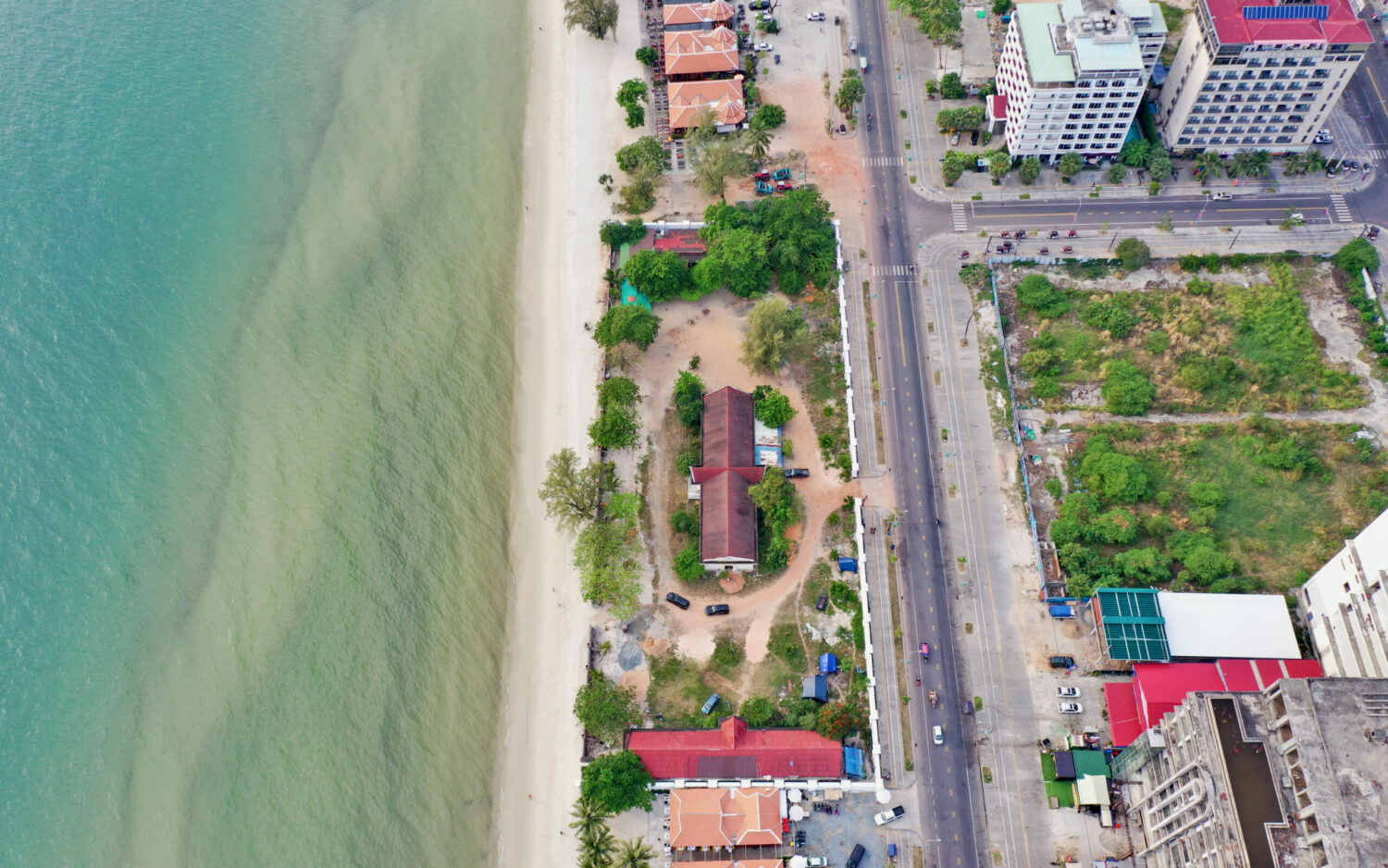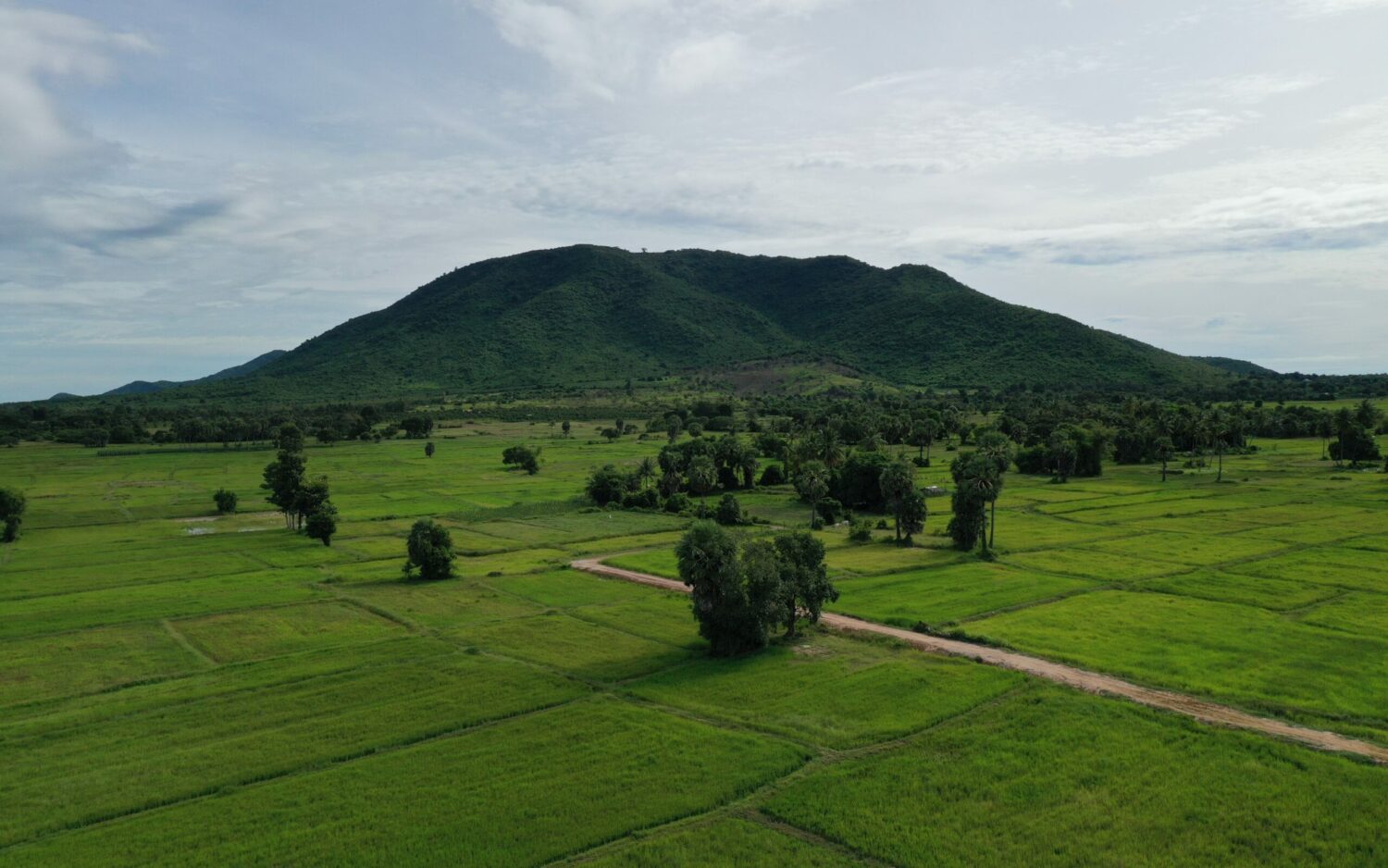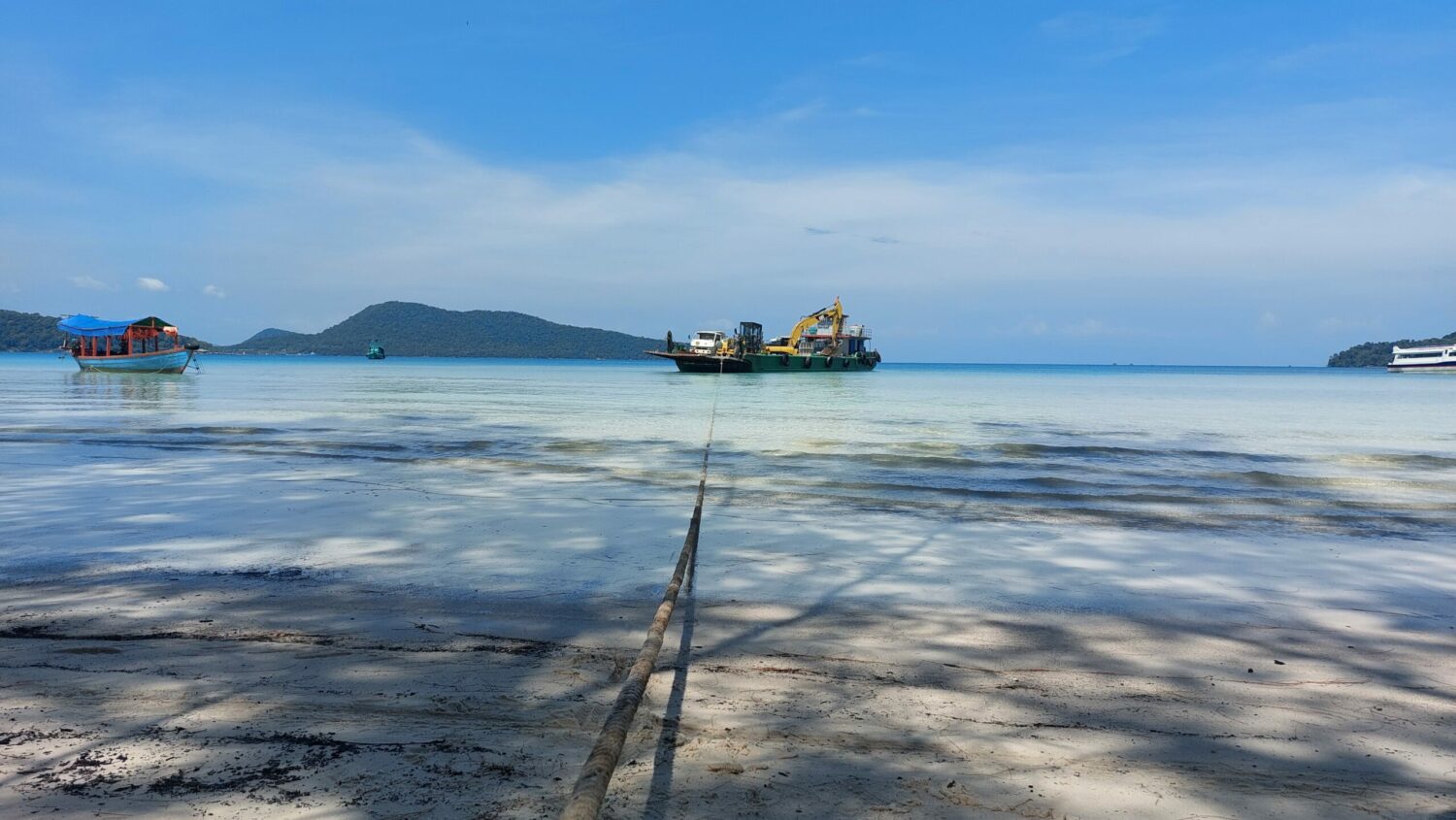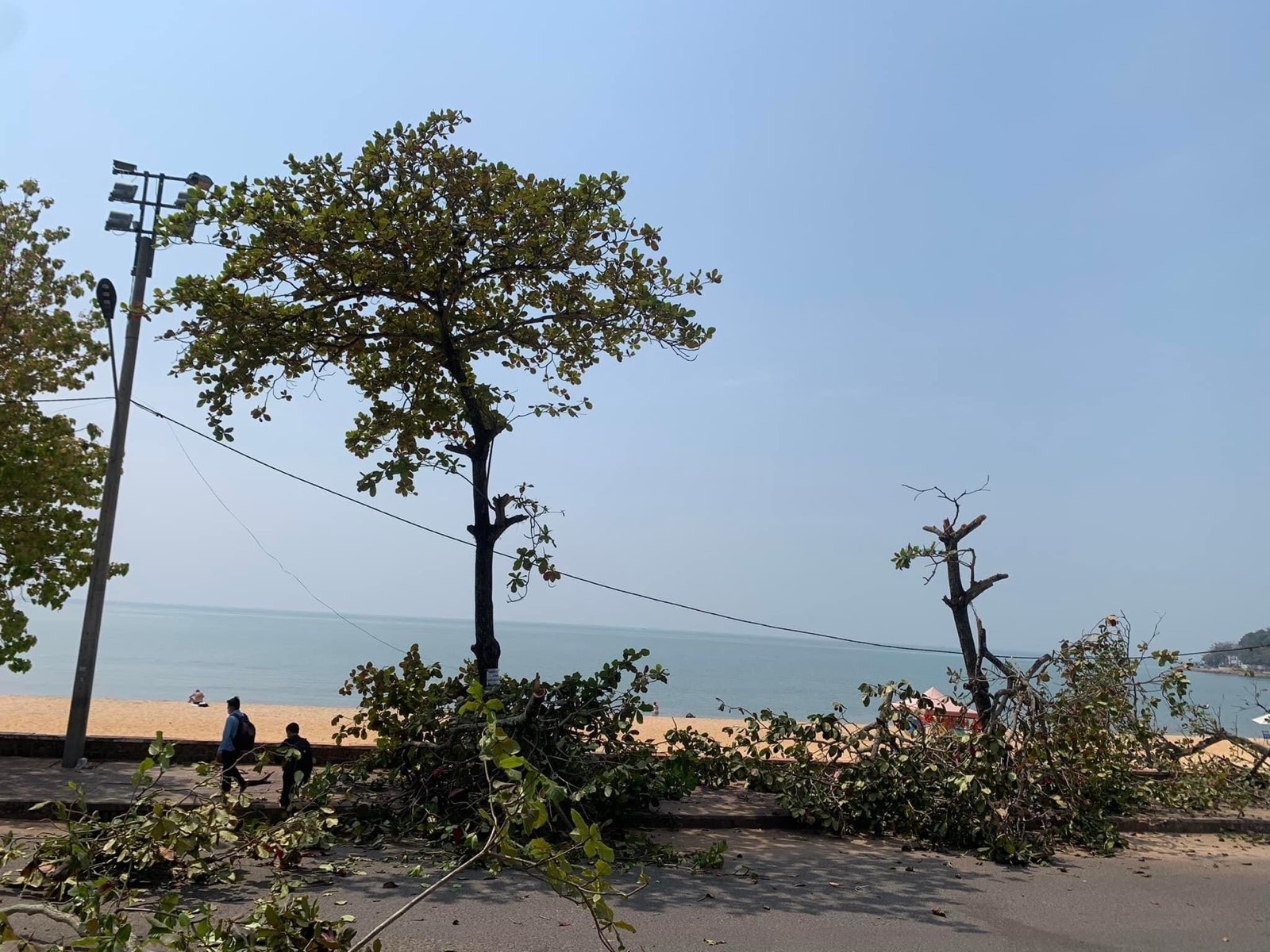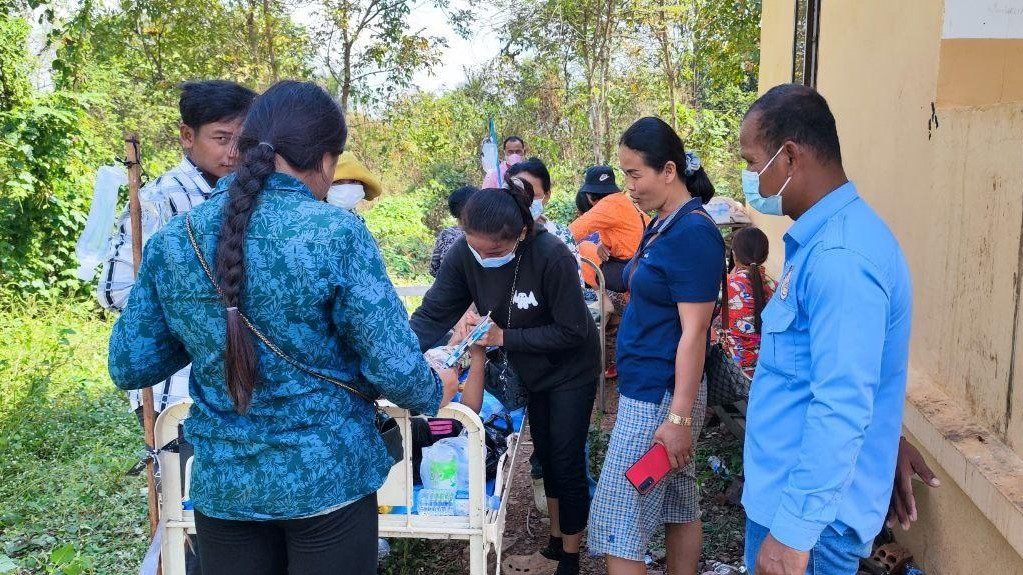Land Loss, Microfinance Debts Fuel Prey Preah Roka Destruction
By Mech Dara and Ananth Baliga
TBENG MEANCHEY, Preah Vihear — Thai Hon darts around a dirt track on a humid afternoon. The 34-year-old ethnic Kuy resident is walking into the southeastern corner of the Prey Preah Roka Wildlife Sanctuary, some 40 km from the provincial capital.
He has grown up next to these forestlands and knows the little dirt paths that crisscross the southeast corner of the protected forest. He even keeps track of the forest’s slow destruction.
“This was cut two years ago. This was cut last year,” he says, his finger pointing at successive clearings on either side of the path. “This was cut more recently.”
The older clearings are being used to grow crops, like bananas, cassava and cashew nuts. Cashew trees, 2 to 3 meters high, loosely corroborate the local resident and forest patroller’s estimates of how old the clearing are.
“Currently, we are not patrolling,” Hon says. “They do not allow us because we catch the perpetrators.”
The southern reaches of the Prey Preah Roka protected forest is a patchwork of clearings, according to satellite images of the area. VOD reporters walked 3 to 4 km deep into the forest and found that most clearings were being used for crop cultivation, though some patches of land were cleared but unused.
Global Forest Watch data from last year indicates that Prey Preah Roka lost 612 hectares of tree cover in 2020, a 20 percent increase compared to forest loss in 2019. Cambodia lost 47,639 hectares of tree cover in 2020 — an area larger than the Angkor Archaeological Park in Siem Reap — a small increase over forest loss in 2019.
Volunteers from the Cambodian Youth Network say they found 100 cases of deforestation at Prey Preah Roka during a three-day patrol last March. Indigneous community members found a similar number of forest crimes in southern Tbeng Meanchey’s Brame commune, and accuse authorities of looking the other way.
Unlike large-scale clearings at economic land concessions bordering protected areas, local residents and activists say that people in the area, local officials and security personnel are all involved in cutting trees. Ethnic indigenous farmers, who were forcibly evicted in the past decade from the Rui Feng sugar plantation — now seemingly defunct — say they have cleared a few hectares of the forest to cultivate crops.
As Hon walks deeper into the forest, there is a drone of machinery, but he cannot discern if it’s a chainsaw or a motorbike. As he rounds a corner, he sees three young men on a koyun, or mechanical bulls, and tracks their path to a smaller dirt path, most of which is water-logged.
Hon walks a few hundred meters before he leaves the path to find the stumps of recently cut trees. He points at it and says it is no more than a few days old. He scampers off and finds a location that had been used to saw trees into planks.
About 100 meters away, he sees what looks like a larger clearing for crop cultivation. It is among a few dozen clearings Hon pointed out and was seen by VOD reporters.
“This is one corner of the Brame commune. You can imagine how much is in the other communes or districts,” Hon says.
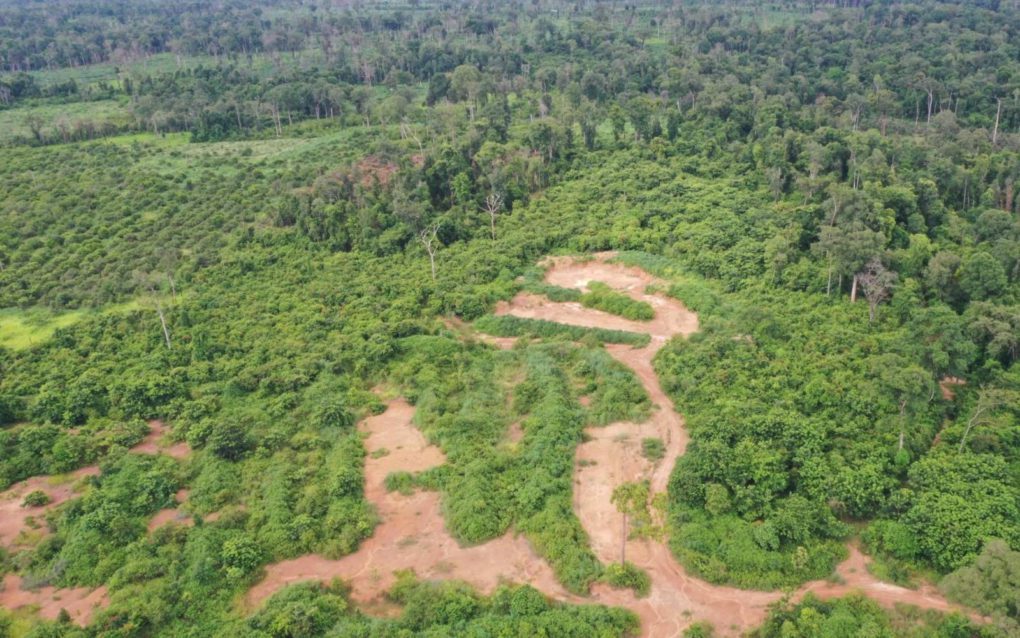
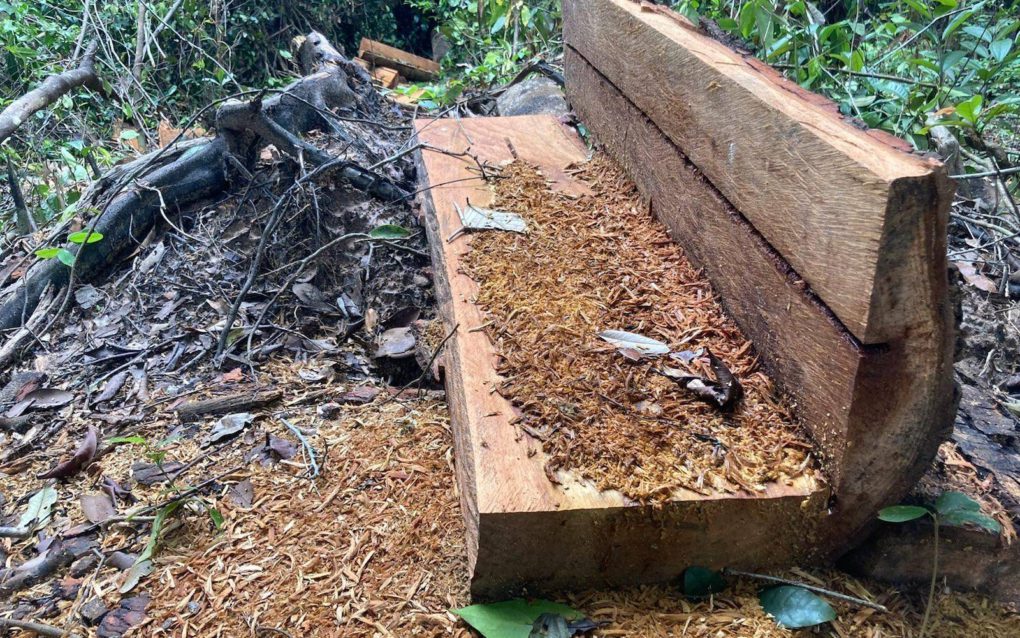
Brame commune chief Thean Heng says there is some logging in the area, but loggers are only cutting second- and third-grade timber and it is occurring only sporadically and is “not serious.”
He adds that residents of the area have cleared small farm plots on the outskirts of the protected area, and officials have made sure there are no clearings and logging in the central parts of the sanctuary.
“There are clearings in the Choam Ksan, Chheb, Tbeng Meanchey districts — it is not only Brame commune that there is cutting. … It is in almost every district and spreads to reach one another.”
Heng attributes any logging to people who have migrated to the district, from as far as Kampot or Kampong Cham, or by residents who are indebted to microfinance institutions. He suggests that in some cases loggers are using microloans to fund purchases of tree-cutting equipment.
“Some borrow money from [microfinance institutions], and they waste their money on consumer items and then they go cut trees in the forest. … They sell their old farm and clear the new one,” Heng says, adding that almost everyone in his commune has microdebts.
Rights groups have argued that farmers are facing increasing pressure from the country’s microfinance institutions to sell their farmland to make payments. The groups say residents, mostly rural, are given loans they are unable to repay and are coerced into selling their land, often the only asset owned by the family.
Back at Preah Roka, four residents of Brame emerge from the forest on a muddy path. The air is still dense with humidity, carrying the smell of a hand-rolled cigar smoked by one of the foursome.
Noeung Koeun and Hok Mao sit down on the path to answer reporters’ questions, as each of their husbands roll another cigar. Both Koeun and Mao have lost land in the nearby Rui Feng sugarcane plantation, and say they have had to clear a few hectares in the Preah Roka forest to have land for cultivation.
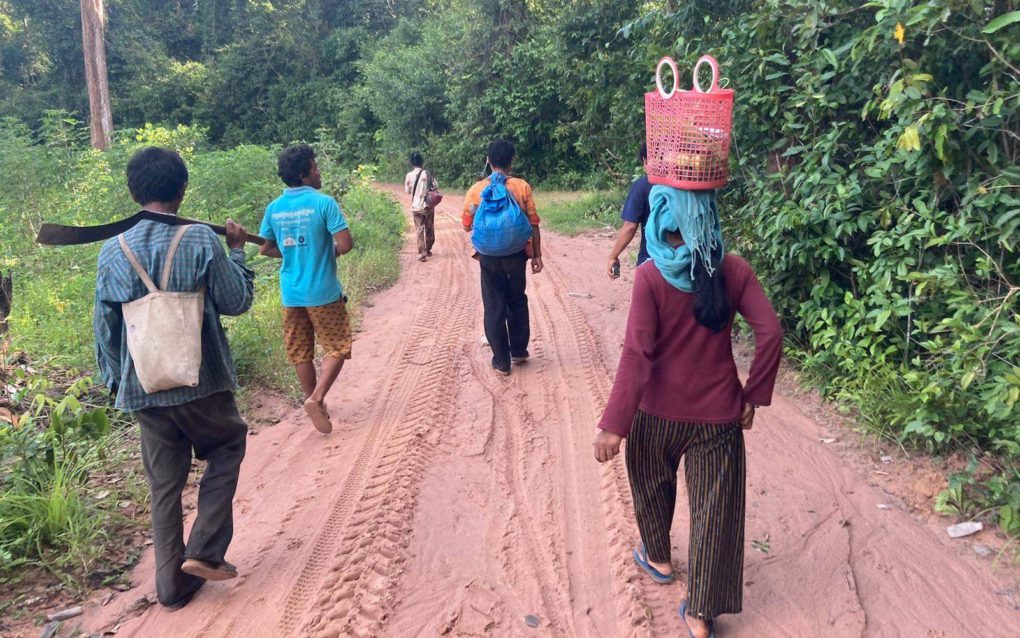
Koeun, 40, says her family grows cassava, rice and cashews on their 5-hectare plot in the forest. She says a majority of people clearing the forest are not indigenous and from outside the area. She says local residents are stopped or arrested by local authorities if they clear the forest, but the people from outside the area were not stopped from cutting trees.
Mao, 55, says she had at least 15 hectares of land at the now-defunct sugarcane plantation, and cleared around 5 hectares in the forest to grow crops. Her family used traditional implements to clear the trees and vegetation, she says, but had seen other people, calling them “newcomers,” who use more sophisticated equipment to cut down trees.
“They use machines and within a couple days they clear 2 to 3 hectares, and then they burn it, so they are very quick to clear it,” Mao says.
She says most families have cleared a few hectares of land very close to each other, but there are larger clearings inside the forest, which are more likely the work of people logging trees. The logging of trees has also hit residents’ ability to tap resin trees and make additional money from selling forest products, including fruits.
“Before we could sell those things to support our living, but now it is very hard because they have gone and cut it down.”
As the foursome speak, the day winds down and koyun full of people are exiting the interiors of the forest. On some are drivers who appear nervous when they see reporters. They are hauling stacks of sawn wood out of the sanctuary, koyun by koyun, a piecemeal undertaking.


